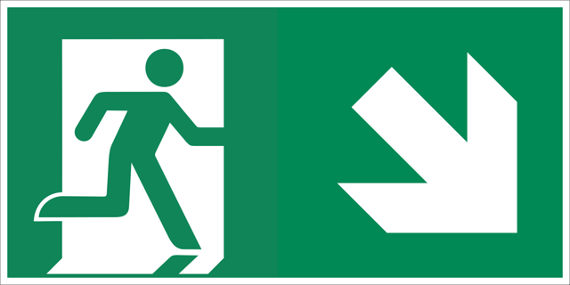Semiotics is the study of signs and symbols and their meaning and can be used in the Media Arts classroom as a powerful tool for students to harness when deconstructing and analysing Media artworks (Yang & Hsu, 2015).
Meaning is embedded in media artworks with signs and symbols (known as symbolic codes). Audiences can decode meaning within media artworks because the signs and symbols used are broadly recognisable within a given society (making them conventions). A semiotic study of media artworks can help students to unpack concepts of allegory, analogy, genre, likeness, metaphor, motif, representation, symbolism, theme, and values (Duncum, 2004).
The following activity is designed to instruct students explicitly to undertake a semiotic study in the analysis of a media artwork (HITS Strategy 3: Explicit Teaching). This activity focuses on two key Media Arts areas:
- media languages used to tell stories
- constructed representations of the world which rely on shared and disputed social values and beliefs.
- Students are introduced to the following word groups as they relate to Media Arts:
- semiotics
- denotation and connotation
- imply and infer
View the
Semiotics information sheet.
Note: Teachers may also use additional strategies to teacher word parts (morphemes), as demonstrated in the
Science and
English sections of the Toolkit.
- The teacher jointly deconstructs an example of a graphical safety sign with students, encouraging the use of the word groups above and modelling the literate skills used in the semiotic analysis.

Prompts might include:
- Describe the image using denotation only.
- What does this image show? How do you know?
- What is the connotation of the colours used?
- What might the creator of this sign be implying? Why do you think this?
- What inferences might an audience interpret from this sign? Why do you think this?
- How might changing the colour alter the audience's inference?
- The teacher adds to or alters the students' interpretations, modelling how to apply semiotics to students' reading of the image. The teacher checks for student understanding during the joint deconstruction and at the end of the session.
- Students may also be encouraged to annotate the image as they read, speak, and think through it. To annotate a text, students draw arrows to different elements of the image and note down their thinking or ideas about that element.
Student Sample:

A similar process can be applied when viewing more complicated Media artworks, such as a feature film. For example, teachers may select a key scene and jointly deconstruct the denotative and connotative meanings implied and inferred using technical and symbolic elements of story principles.
Literacy in Media Arts Video: Explained
Teacher: Toby Wilkins
Curriculum links for the above example:
VCAMAE041,
VCAMAE045